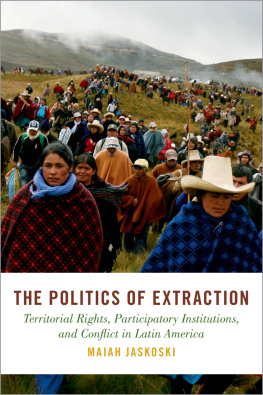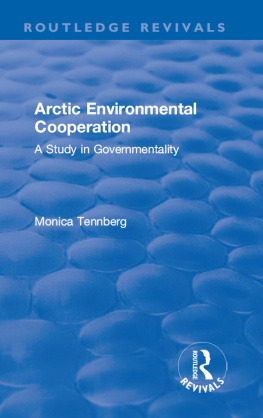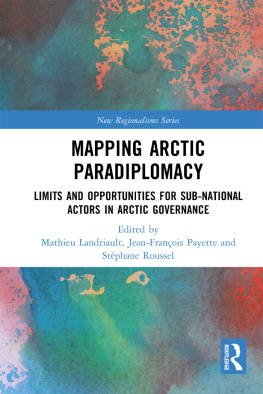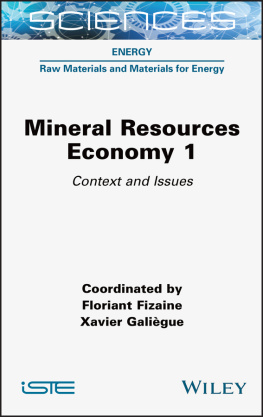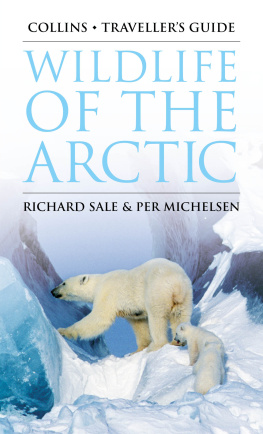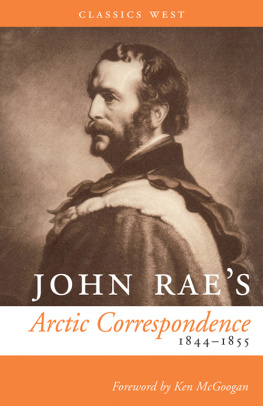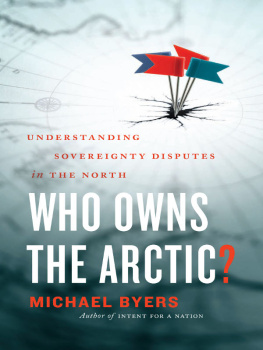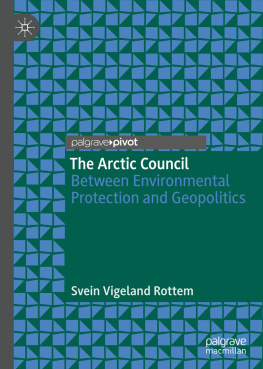This book is dedicated to my Southern family my mother and father Pirkko and Matti and my sister Tiina
First published 2002 by Ashgate Publishing
Reissued 2018 by Routledge
2 Park Square, Milton Park, Abingdon, Oxon OX14 4RN
711 Third Avenue, New York, NY 10017, USA
Routledge is an imprint of the Taylor & Francis Group, an informa business
Copyright Timo Koivurova 2002
The author has asserted his moral right under the Copyright, Designs and Patents Act, 1988, to be identified as the author of this work.
All rights reserved. No part of this book may be reprinted or reproduced or utilised in any form or by any electronic, mechanical, or other means, now known or hereafter invented, including photocopying and recording, or in any information storage or retrieval system, without permission in writing from the publishers.
Notice:
Product or corporate names may be trademarks or registered trademarks, and are used only for identification and explanation without intent to infringe.
Publishers Note
The publisher has gone to great lengths to ensure the quality of this reprint but points out that some imperfections in the original copies may be apparent.
Disclaimer
The publisher has made every effort to trace copyright holders and welcomes correspondence from those they have been unable to contact.
A Library of Congress record exists under LC control number: 2002103984
ISBN 13: 978-1-138-73000-7 (hbk)
ISBN 13: 978-1-315-18837-9 (ebk)
Writing this doctoral thesis has been a solitary job for me. I have not enjoyed the privilege of having someone at hand doing a thesis on a topic very close to my own and thus enabling the day-to-day exchange of views. I am not sure whether this has benefited or circumscribed my work, but it definitely has made it a maturing experience.
Although the thesis has been a solitary exercise in principle, surprisingly many people have contributed to the form it has ultimately taken. First, I can confirm that my supervisor, Kari Hakap, is the great personality and scholar everyone thinks he is. He was always there for me, supporting me on every level of human experience. Especially important was Karis realistic approach to the writing of a thesis, which dragged me back to planet Earth when my feet were firmly planted in the sky. I have also greatly benefited from the profound thinking on international law of my examiner, Professor Erik Franckx. He has provided me with invaluable comments which have had a distinct impact on the structure of the thesis. Likewise, Doctor Tuomas Kuokkanen, also an examiner of the thesis, has made many extremely useful suggestions and comments, which I have taken into account in revising the text.
Lauri Hannikainen was the man responsible for my specialization in international law. As many other students of law can tell, Lauris integrity as a scholar, wonderful personality and unlimited time for his students have allured many of us to become international lawyers. Although Lauri is nowadays my boss, I still feel more like a student of his than a subordinate. Perhaps the biggest contribution to the ideas presented in this thesis has been made by Jan Klabbers of the University of Helsinki. Initially, I read some articles Jan had written, and then familiarized myself with his thesis, which clearly is one of the best monographs written in international law in recent years. I was also fortunate enough to acquaint myself with Jan himself, our correspondence mainly taking place via e-mail. Although busy as ever, he always found time to reply to my queries. When I was working as an assistant in public and private international law in the Faculty of Law of the University of Lapland, I got to know Professor Maurice Andem. Without the strong encouragement Maurice gave me in many aspects of research on law, as well as life in general, it is possible that this work would have been delayed quite a bit.
Martti Koskenniemi was also an important source of inspiration for the thesis, if not so much for the ideas herein as a person who has made international law an engaging subject of study in general. While I have mostly encountered Martti through his works (of art), I have also had several telephone conversations with him, after which I found myself standing in the sky. Although I stated at the beginning that there was no doctoral candidate with whom to share my thoughts, this is only partially true. My dear friend in personal life, Rauno Korhonen, has been doing his thesis on the law of legal informatics, and we have had countless discussions, from which I have most certainly benefited. The late Frank Horn was actually the one responsible for the topic of my thesis. He was always ready to assist me as thoroughly as only he could. Lastly, but not least, I have had the privilege of working with Richard Foley for several years, first when writing articles and now in completing this thesis. As you read this text, it has already been transformed by the excellence of his proofreading skills. With Rich also start working on his thesis, many interesting conversations materialized; in fact, some ideas of this thesis were greatly deepened by the difficult questions he posed.
Countless other persons have assisted me in many ways, of whom I would like to mention several here. Monica Tennberg from the Department of International Relations at the University of Lapland has deepened my understanding of the theory of international relations as well as of Arctic international affairs. Eyassu Gayim, Paula Kankaanp, Outi Korhonen, Tarja Lngstrm and Merja Pentikinen have provided some useful insights on the thesis. Doctoral candidates Maarit Klemetti, Karri Puustinen, Jussi Syrjnen and Pentti Tepsa have been important not only as friends but as persons with whom the discussions have shifted easily from legal theory to philosophical-theological topics in general. Arto Vitikka From the Arctic Centre was irreplaceable in technical assistance.
I was fortunate enough to receive a four-year scholarship in the first doctoral program in law in Finland, hosted by the Helsinki University Institute of International Economic Law. Doctor Olli Menp, the director of the Institute at the time, provided important support especially by organizing the infrastructure for writing a doctoral thesis. My thanks also go to my other employers, the Faculty of Law of the University of Lapland and my present one, the Northern Institute for Environmental and Minority Law of the Arctic Centre, for allowing me to spend enough time working on the thesis. I was fortunate to have had access to the splendid research facilities offered by the Library of the University of Lapland as well as the Law Library of Columbia University in New York.
I have been blessed with a wonderful family. My family and relatives as well as Anniinas have always been there to support me. Anniina, the love of my life, and our little son Joonas have been the lifeline without which all of this would be meaningless.
Rovaniemi, September 2001Timo Koivurova



